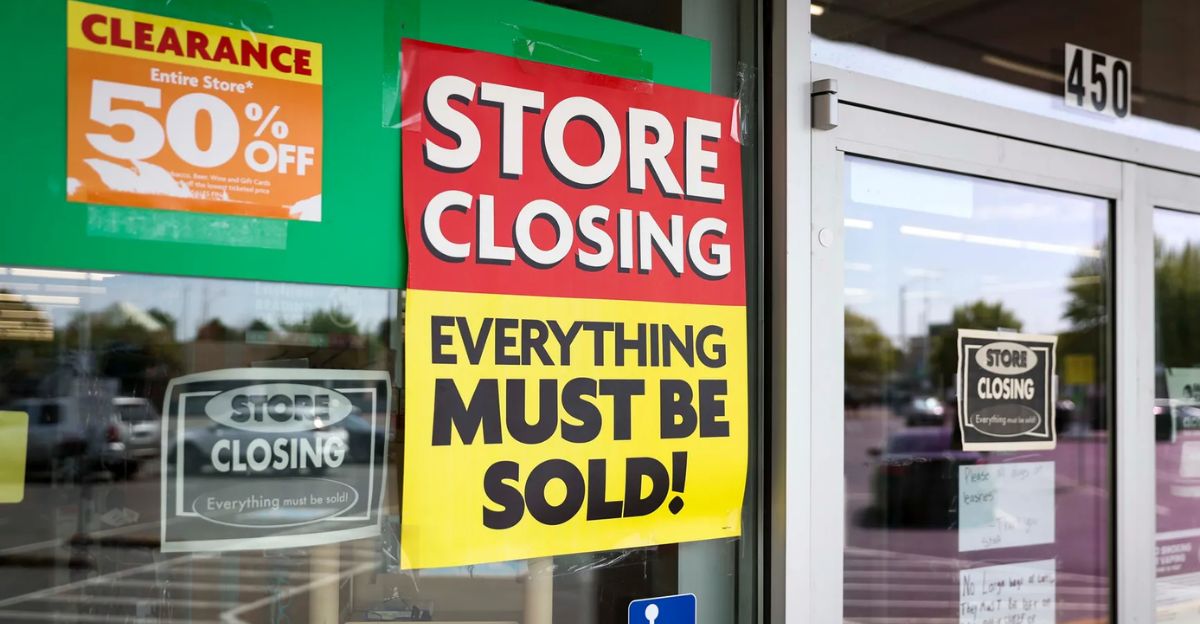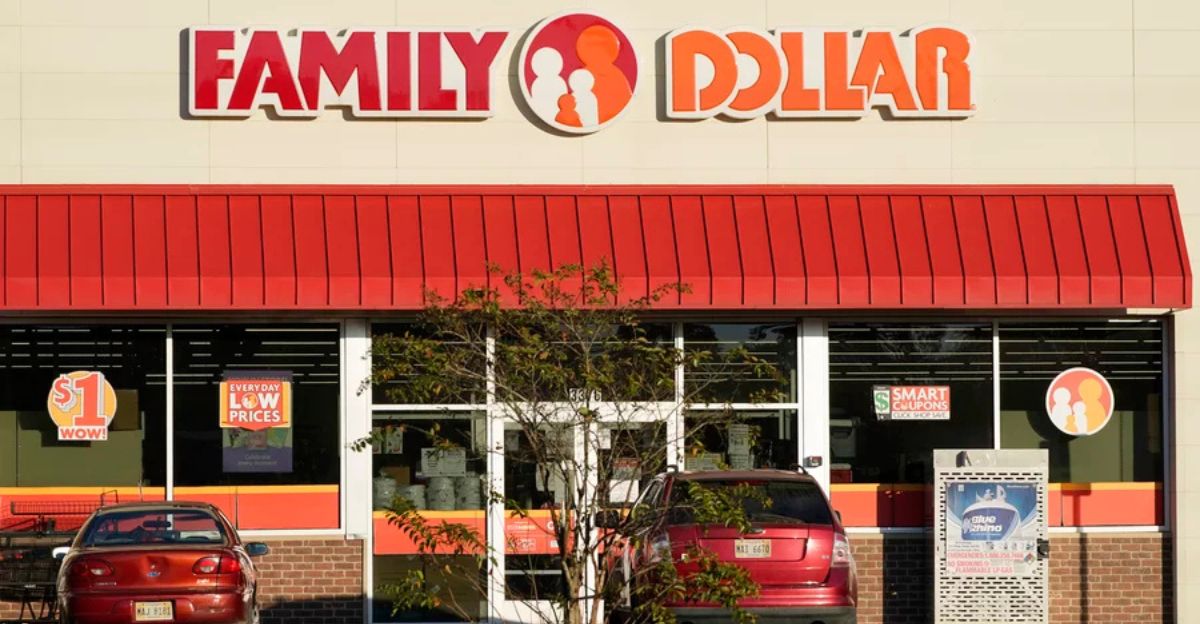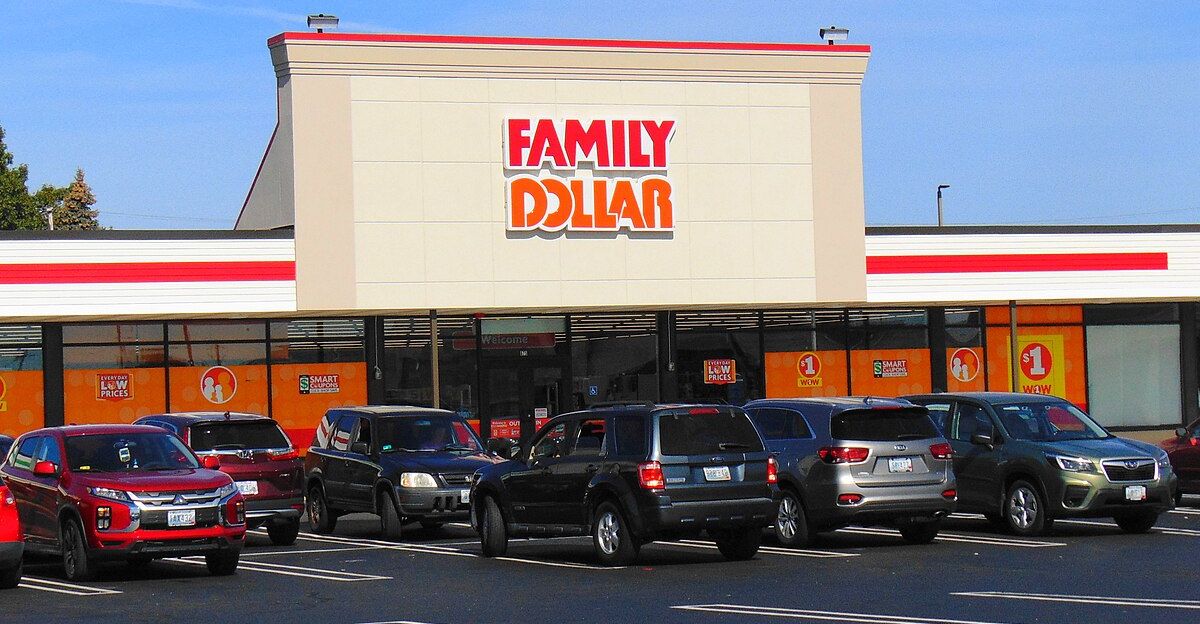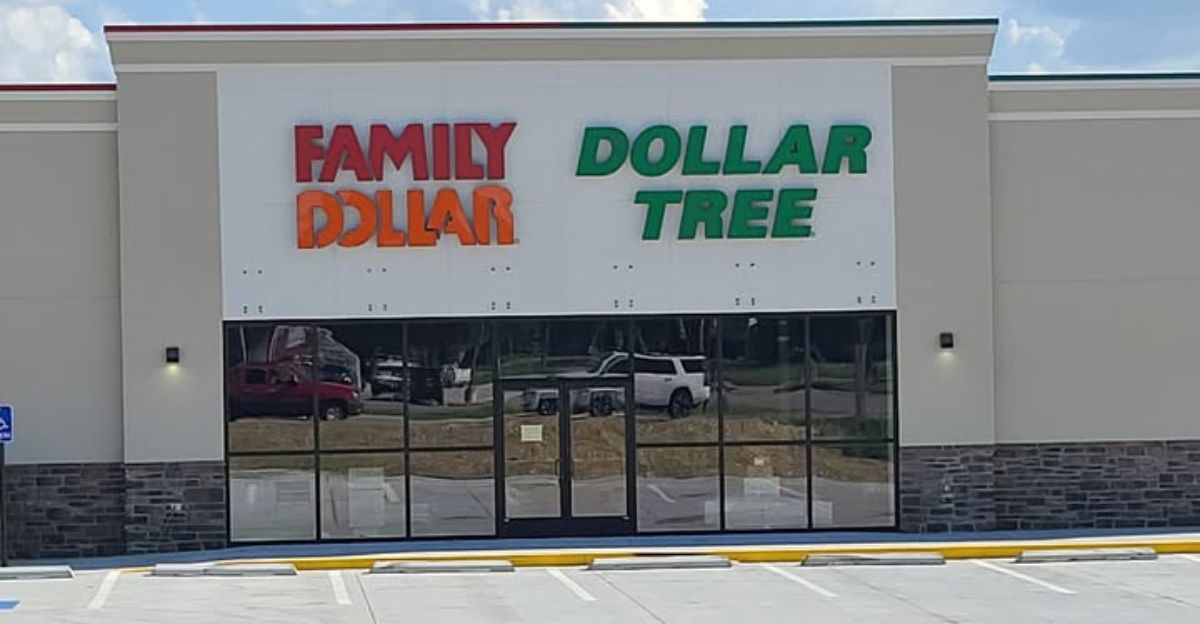
Everyone knows that Dollar Tree is the place to go if you need affordable items, especially in bulk, but shoppers might be sad to find out that some of their favorite locations are shutting down for good. The closures, which are already underway, mark a significant moment for communities that have long relied on Dollar Tree’s affordable prices and convenient locations.
Just how big will the impact of these 370 store closures be on the community and loyal shoppers? Customers are wondering what caused these dramatic closures, so why now?
The Scope of the Closures

These closures fall amongst some of the biggest the company has seen as it is set to close 370 stores nationwide by the end of 2025. Most of these closures target underperforming Family Dollar locations, but about 30 Dollar Tree stores are also on the chopping block. This move follows an earlier wave in which 600 Family Dollar stores were closed in 2024, bringing the total number of affected locations to nearly 1,000 over two years.
The closures represent about 15% of all Family Dollar stores. They are being carried out as leases expire, meaning the process will unfold gradually across multiple states, including Alabama, Florida, Illinois, Kansas, and Mississippi.
Why Now?

These closures have been coming for a long time, mainly due to the ongoing fallout from its troubled acquisition of Family Dollar, which has weighed heavily on the company. By late 2024, Dollar Tree reported a staggering $1.71 billion net loss, driven by underperforming Family Dollar locations and costly penalties from the FDA for unsanitary warehouse conditions.
Inflation and reduced government benefits have eroded the spending power of the chain’s core customers, while competition from retail giants like Walmart and Amazon has intensified. With the economy and shopping habits constantly changing, companies must adapt their business models to stay ahead.
The End of a Costly Acquisition

When a company decides to acquire another company for billions of dollars, it does so to make more money, not lose it, and in this case, that’s exactly what happened. In 2015, Dollar Tree acquired Family Dollar for $9 billion, hoping to create a brand that would remove all rivals. Instead, the merger became a cautionary tale of overexpansion, operational headaches, and strategic misalignment.
Family Dollar’s persistent underperformance forced Dollar Tree to take billions in impairment charges and close hundreds of stores. In 2025, Dollar Tree sold Family Dollar to private equity firms for just $1 billion, a fraction of its original investment. “The Dollar Tree leadership team and Board of Directors determined that a sale of Family Dollar to Brigade and Macellum best unlocks value for Dollar Tree shareholders and positions Family Dollar for future success,” said Dollar Tree in a statement.
The Sale of Family Dollar

Dollar Tree has finalized the sale of Family Dollar to private equity firms Brigade Capital Management and Macellum Capital Management for approximately $1 billion, which isn’t even close to the $9 billion they paid in 2015. The transaction, expected to close in the second quarter of 2025, follows years of underperformance, store closures, and mounting losses that weighed heavily on Dollar Tree’s financials and strategic focus.
“Under the experienced, dynamic leadership of Family Dollar President Jason Nordin, and with the financial support of Brigade and Macellum, Family Dollar will be well-positioned for growth as a private company. With the support of a dedicated team, Family Dollar will be able to strengthen its commitment to providing affordable and essential goods to customers so they can do more with less,” said Creedon.
Job Losses and Economic Fallout

With so many stores closing in a single year, it’s no surprise that thousands of people will face job losses and financial strain due to this decision. Each shuttered store is estimated to displace 10–15 employees, many in regions already struggling with limited employment opportunities.
The impact is especially severe in low-income and rural communities, where jobs are limited and stores are essential to the community.
A Lack of Alternative Stores in Remote Areas

For many neighborhoods, these discount stores weren’t just a source of affordable household goods; they were one of the few places to find all their necessities at a price their low-income households could afford. However, these store closures are now making it harder than ever to access affordable groceries.
This is especially dire in places where the only alternatives are expensive convenience stores or distant supermarkets, making it harder for families without reliable transportation to access basic nutrition. The impact is most severe in communities already identified by the USDA as food deserts, where the closure of a single store can mean the difference between having access to groceries and going without.
Executive Statements and Company Strategy

Executives have repeatedly highlighted that Dollar Tree’s separation from Family Dollar allows it to focus on its core brand, optimize operations, and pursue growth initiatives. The company’s new strategy includes remodeling 2,000 existing stores to a “Model 3.0” format, broadening its price range beyond the traditional $1.25, and modernizing the customer experience with improved store layouts and technology.
“This is a major milestone in our multi-year transformation journey to help us fully achieve our potential,” said Mike Creedon, Chief Executive Officer, Dollar Tree, Inc. “We will continue to grow and optimize our Dollar Tree business to maximize value for Dollar Tree associates, customers, and shareholders with an enhanced focus on compelling initiatives, including our expanded assortment, significant planned new store openings across the United States, and transactions that advance our growth strategy.”
Customer Reactions and Community Response

The wave of Dollar Tree and Family Dollar closures has sparked frustration, anxiety, and, in some cases, relief among customers and communities. Residents in food deserts have voiced concerns about increased travel distances and higher prices at alternative retailers, with some describing the closures as a “profound” blow to their daily lives and community well-being.
In some cities, local leaders have expressed hope that the retreat of national chains will lead to more diverse and sustainable retail options, like independent supermarkets and neighborhood markets.
What’s Next for Dollar Tree?

The company will invest in technology upgrades and enhanced store layouts to create a more convenient and engaging shopping experience. Leadership has emphasized that these changes are designed to strengthen Dollar Tree’s competitive position against retail giants like Walmart and Target while also appealing to a broader customer base.
Stores will also offer items ranging from $1.25 to $7, allowing for a greater variety of national brands and larger product sizes. This shift will ultimately attract a broader range of clients and give shoppers a better experience by finding more products in one place.
